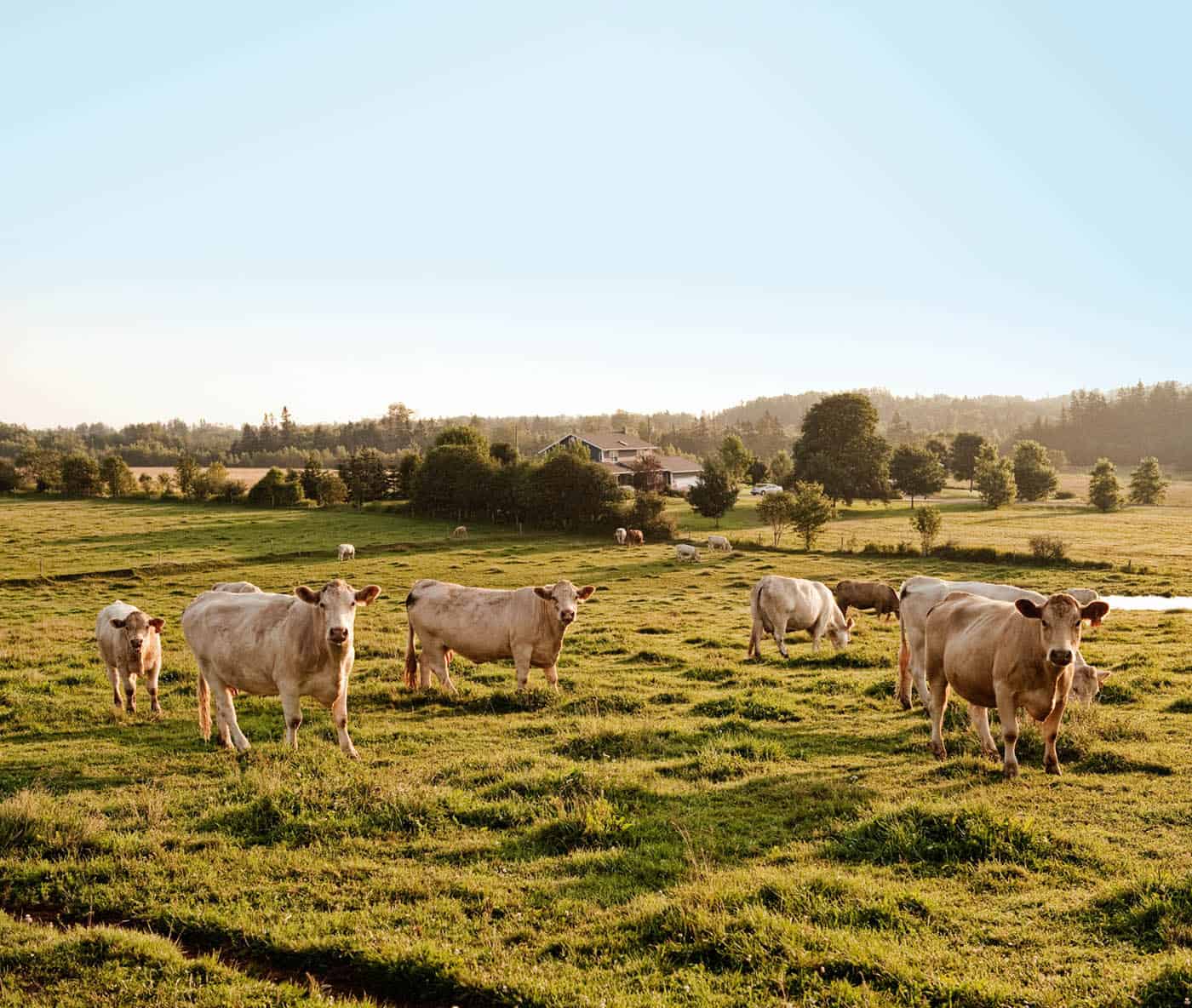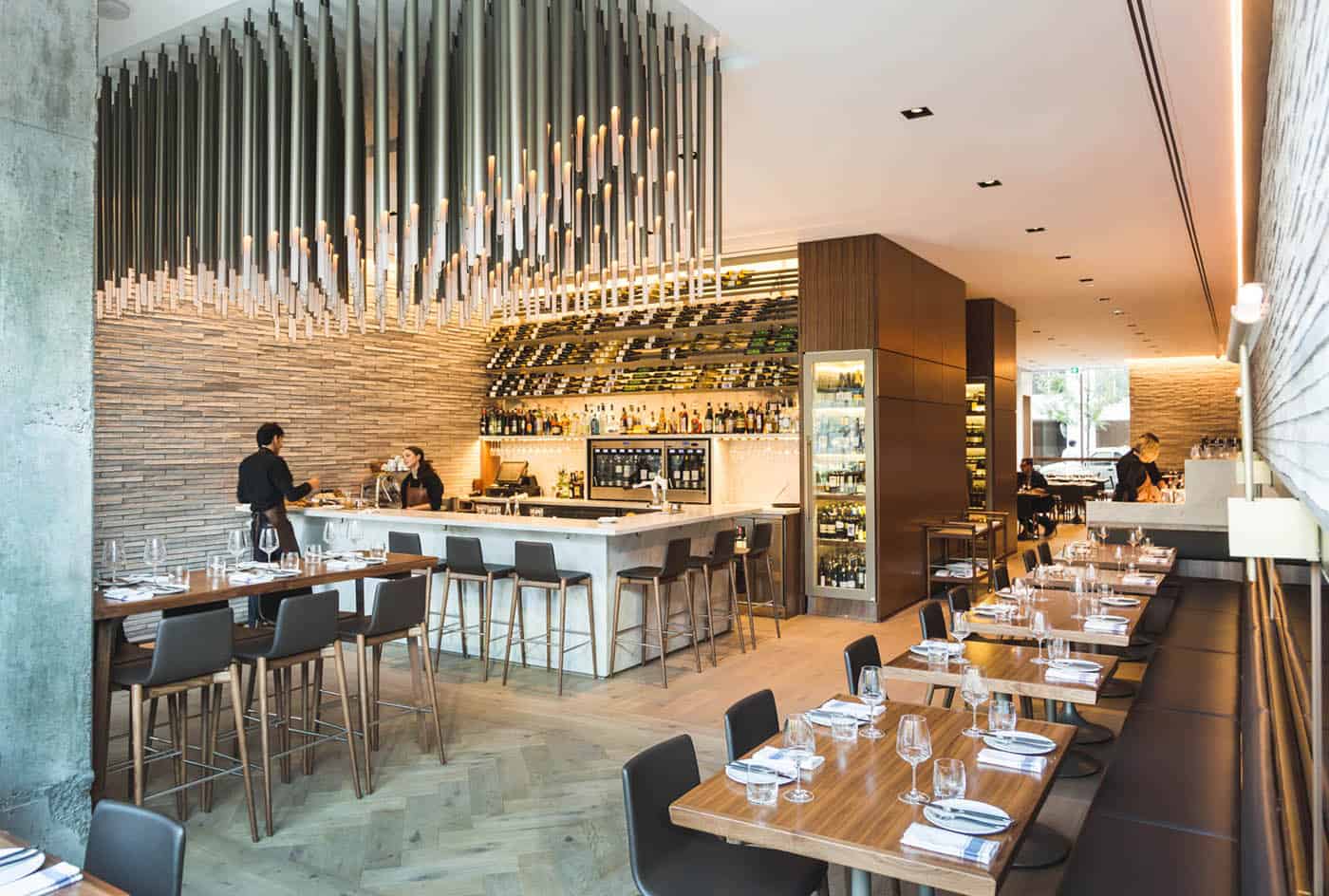The Master
Canada’s 100 Best sits down with Chef Massimo Bottura of Osteria Francescana—recently named second overall on The World’s 50 Best Restaurants sponsored by S. Pellegrino—to talk training, humility and narrowly avoiding crucifixion.
According to Restaurant Magazine’s most recent S. Pellegrino list of the World’s 50 Best Restaurants, Massimo Bottura’s three-Michelin-star restaurant Osteria Francescana in Modena is the second-best restaurant there is. When Bottura came to Toronto this winter to cook dinner at Buca Osteria & Bar—the inaugural event in the Sotto una Buena Stella charity dinner series—we caught up with him beforehand at George Brown Chef School, where he was about to address the students. It only made sense, given the surroundings, that we asked him first about his career path and training.
Canada’s 100 Best: Before setting out on your own, for years you worked for one of the great ingredient-driven purists, Alain Ducasse, at Louis XV in Monte Carlo. Next, you worked for the brilliant iconoclast Ferran Adrià at elBulli. Can you tell us a little about the different cultures of those two extraordinary kitchens?
Massimo Bottura: So, Ferran: I was there with René (Redzepi of Noma, three-time S. Pellegrino number one, and number three in 2015), with Andoni (Aduriz of Mugaritz, number six in 2015) and with Joan Roca (El Celler de Can Roca, number one in 2015). We were all working together. It was very challenging; extremely intense. But also we were all very mature, and we were ready to learn. Ninety percent of the young chefs there didn’t understand what we were doing—what he was doing—because he was Ferran. The big lesson there: It was freedom. Freedom to express yourself. Through a crust of Parmigiano. Through left-over carrots, or a potato. It’s not Ducasse. Ducasse is totally different. At the time when I was there, it was avant-garde. Because it was the first market kitchen—everything fresh from the market directly into the kitchen. It was a revolutionary statement for France. And he was switching butter with olive oil, another revolutionary concept for French cuisine. At that time, he had just Hotel de Paris. Just that one restaurant. So we had Ducasse in the kitchen all the time.
Canada’s 100 Best: Have you ever stopped to think how your cooking would be different if you had done those two restaurants the other way around?
Massimo Bottura: Absolutely! In cooking, you have to begin at elementary school. You have to go to secondary school. You have to go to high school and university. And then you do Masters! If you try and go directly there— forget it. This is why I always check so many times the CV from people who want to come and stage at Francescana. Because, most people, they want to come and right away learn how to make “Fog of Parmigiano-Reggiano!” What the hell? You don’t even know how to taste anything! I want to taste your tomato sauce. Make a tomato sauce. It’s one of the most difficult things ever.
Canada’s 100 Best: So, what then is the single most important quality you look for in a young chef?
Massimo Bottura: Humility. This is what you need in the kitchen. You have to know yourself. You have to know your limit, and create something within the limits you have. At Osteria Francescana, we are 27 chefs for 28 covers. We can do whatever we want. But if you are four in the kitchen, you have to know the things that limit you and work through those limits. And then, one day, you’ll be six. Then eight. Then 10. It took me 20 years to be here—20 years from the opening of Osteria to arrive where we are today.
Canada’s 100 Best: Before you became a huge success, you were pilloried for questioning and reinventing Italian food. It was said that your culinary ideas were a rejection and an insult to every Italian’s mother— ever! Would it not have been more sensible to open your restaurant abroad, in some place like New York, where anything goes?
Massimo Bottura: If you go away, you can do it [more easily]. Sure. But you’re not a hero. I wanted to be a hero. I want to confront the Italians—and I wanted to die, crucified, in the middle of the piazza! [Much laughter…]
Canada’s 100 Best: But you weren’t.
Massimo Bottura: In the beginning, the food critics were killing me. Like with my dish: five different ages of Parmigiano-Reggiano at five different temperatures and textures. That’s a plate I created for Ducasse when he came to [my restaurant] Osteria di Campazzo 22 years ago. Maybe it’s the first plate in history created with one ingredient—Parmigiano! But it is Parmigiano at five different ages. The ages mean the slow passing of the time in Emilia-Romagna. It’s like an abstract painting of Emilia-Romagna. Five different textures, temperatures and techniques. I’m not using my technique to supplement the ego of the chef, but to supplement the thing—the Parmigiano as foam, air, fog and ice cream. But the critics didn’t get it. And then, 20 years later, it’s the plate of the decade! And my croquettino of foie gras—my ice-cream bar of foie gras, where I take the most snobby dish of international cuisine and turn it into something you can eat without knife and fork, with the joy of a child. No one got it. Then Time magazine called it one of five dishes that changed modern gastronomy! After that, everyone is asking for it. This dish I was throwing away in 1999.
Canada’s 100 Best: And is that success liberating, or constraining?
Massimo Bottura: It is a tricky question—because everyone is expecting something now, of every single dish that comes out of the kitchen at Osteria Francescana!
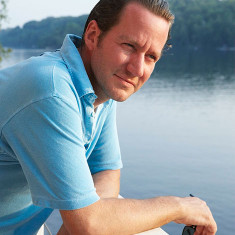
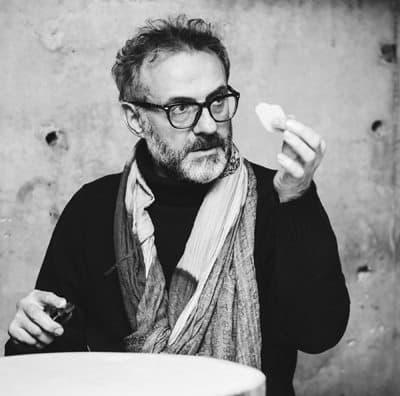 MASSIMO BOTTURA HOLD ALOFT HIS FAVOURITE CHEESE
MASSIMO BOTTURA HOLD ALOFT HIS FAVOURITE CHEESE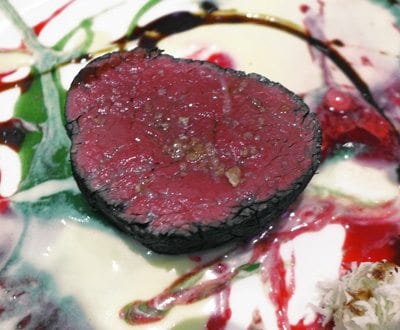 PSYCHEDELIC SPIN-PAINTED VEAL, NOT FLAME GRILLED
PSYCHEDELIC SPIN-PAINTED VEAL, NOT FLAME GRILLED BOTTURA WITH ROB GENTILE AND HIS BRIGADE AT BUCA YORKVILLE.
BOTTURA WITH ROB GENTILE AND HIS BRIGADE AT BUCA YORKVILLE.
